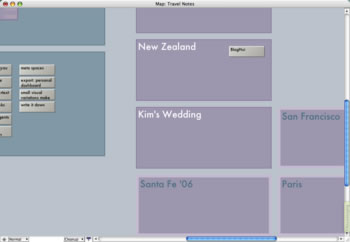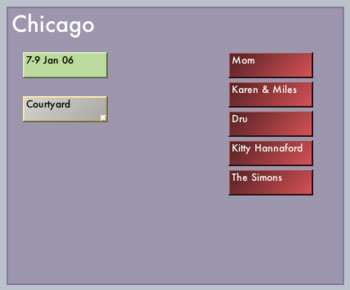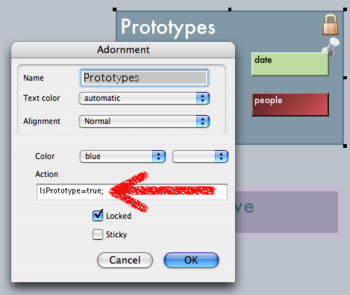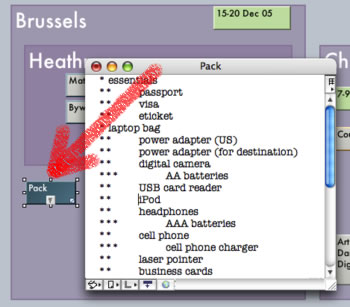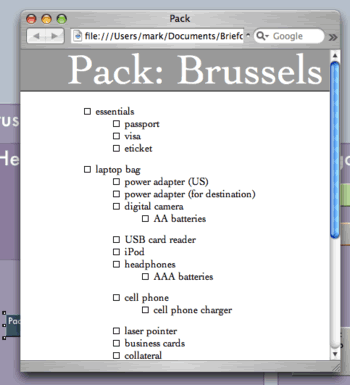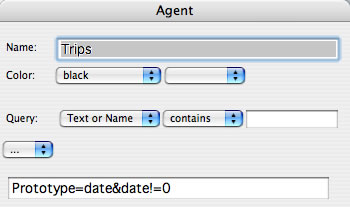A few days back, I asked about eating near Heathrow. I asked for two reasons.
First, I'm going to be there in a couple of weeks. Much depends on dinner. Thanks for all the great advice. (Consensus: don't try. Get on the Heathrow Express, and eat near Paddington or Notting Hill Gate.)
Second, notes about travel plans are a fascinating note-taking problem. Travel notes have four important purposes:
- Planning. I know we're arriving late and departing early. We sought to eat. London is a great metropolis; why waste a night if we can spend it to good effect?
- Doing. It's always good to know what your plans were, because they're bound to change. Having a rigid schedule is good, but being able to drill down to find the plans you'd considered and rejected can be vital when your schedule comes unglued, or when an unexpected opportunity comes along.
- Telling. Sharing stuff you know is now easy, and it creates a casual web of knowledge. Esther Dyson has long been one of the best tech journalists around; she famously knows more about hotel swimming pools around the world than just about anyone, because she travels a lot and cares about swimming pools. It used to be hard to share information like this; the casual web makes it easy.
- Returning. You might pass this way again; you need to remember where it was that you had those wonderful muffins. After trying a tasty dish, I'll often say, "I'm going to make this!" and then I often forget to try.
You've got to write it down, because you're going to need it.
Let's start a series of notes about travel notes. I'll begin by making a new Tinderbox document and adding these notes about why travel notes matter. For good measure, I'll also drag into it some of the email I received about dining at Heathrow. I'll drop a distinctive color scheme on the document as well, so I'll know I'm working on my travel notes.
I'll also make a new agent in this web log to collect notes about TravelNotes, and let it export a page. And I'll make another agent that takes the top items off that page and makes them into a dedicated RSS feed. With Tinderbox, this took me about 5 minutes from start to end.
